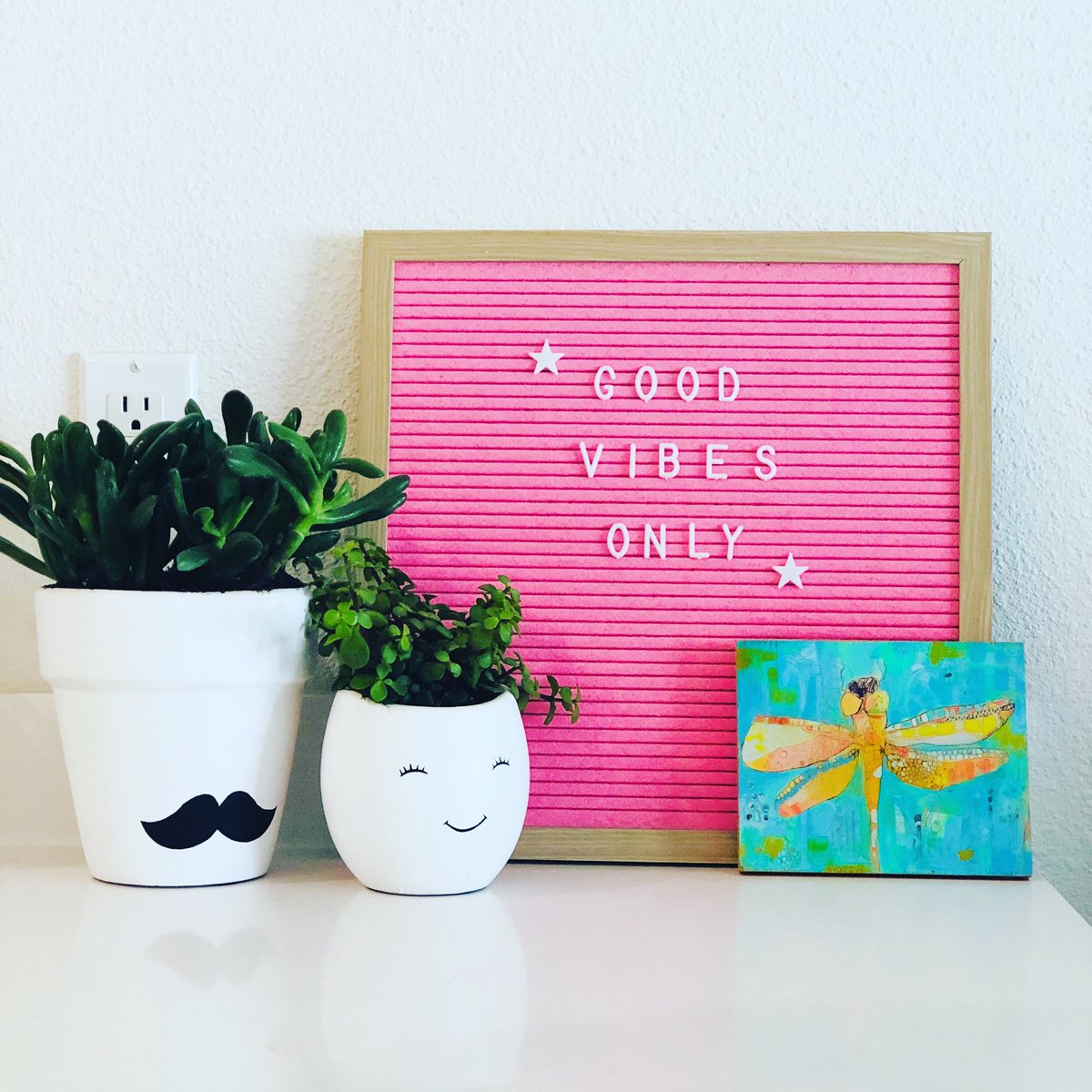
Create an Indoor Oasis
Lately I have been really into gardening. I find it relaxes me and I love seeing my little garden bloom! And now I’ve moved onto bringing more houseplants into our new place. I love having plants in each room and I’ll share with you some pictures of our new plant additions. I almost feel like we need to start giving them names like Earl, our Staghorn Fern which I picked up at an estate sale over 15 years ago. They estimated that “he” was already 40 years old. Being so old, you can see why I thought he deserved a name.
I went on a hunt to find some easy-to-care-for houseplants and came across research by NASA that was intended to find out which houseplants ‘clean’ indoor air best. Though it was meant for a space station (I want to go!), the information applies to use Earthbound folks for our homes and offices.
Feeling Good:
Plus plants have a way of making those around them relaxed, calm and mindful. Research has found that with plants around, people take fewer sick days, feel more stimulated and generally feel happier. Adding a plant or two to your child’s room might benefit not only the air quality but also put them in a calmer state. Win-Win!

Shhh….
If you live or work near a noisy road, think about using houseplants to block the sound. They can help reduce background noise and help soften sounds in rooms that echo.
Place a potted plant near a child’s playroom
Place tall plants in open work spaces

Add a “Living Wall” in an office building or your living room!

Place plants near the noisy garage or entry way.
Place plants in corners in sparsely furnished office or meeting rooms.
NASA’S Top Air-Cleaning Houseplants (and a few flowers too).
First published in 1989, the list includes plants that can remove benzene, formaldehyde and trichloroethylene from the air. NASA recommends having at least one plant per 100 square fee of interior space.(Source: Green Report.com).
Dwarf Date Palm (Phoenix robelenil)
Boston Fern (Nephrlepis exaltata)
Kimberly Queen Fern (Nephrolepis obilerata)
Spider Plant (Chlorophytum comosum)
Chinese Evergreen (Aglaonema modestum)
Bamboo Palm (Chamaedorea seifrizii)
Weeping Fig (Ficus benjamina)
Devils Ivy (Epipremnum aureum)
Flamingo Ivy (Anthurium andraeanum)
Lilyturf (Liriope spicata)
Broadleaf Lady Palm (Rapis excelsa)
Barberton Daisy (Gerbera jamesonii)
Cornstalk Dracaena (Dracaena fragrans Massangeana)
English Ivy (Hedera helix) (toxic for cats)
Variegated Snake Plant (Sansevieria trifasciata Laurentil)
Red-Edged Dracaena (Dracaena marginata)
Peace Lily (Spathiphyllum Mauna Loa) (toxic for cats)
Florist’s Chrysanthemum (Chrysanthemum morifolium)


Caution: If you have pets, be sure to ask the folks at the nursery if the houseplant you like is poisonous to dogs and/or cats.
The 11 Most Poisonous Plants for Dogs include: Aloe Vera, Ivy, Jade, Dumb Cane, Philodendron, Pothos, Sago Palm, ZZ Plant, Elephant Ear, Corn Plant, Asparagus Fern.
The following plants are toxic to cats: Amaryllis, Autumn Crocus, Azaleas and Rhododendron, Castor Bean, Chrysanthemum, English Ivy, Kalanchoe, Lilies, Marijuana, Oleander, Peace Lily, Pothos, Sago Palm, Spanish Thyme, Tulip and Narcissus bulbs, Yew. (Source: PetMD.com).
Note: Most (like 99%) of my ceramic pots were picked up at our local Marshall’s. Be sure to check out specialty stores for discounts on pots.
Are you inspired to bring more houseplants into your home? Which is your favorite plant?
0






